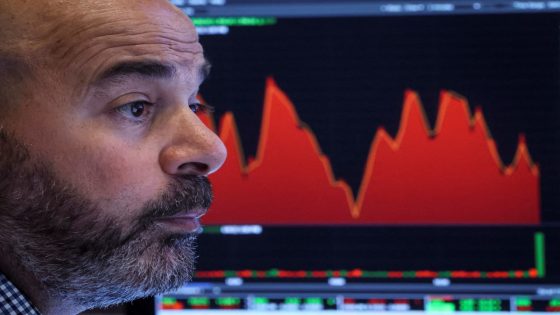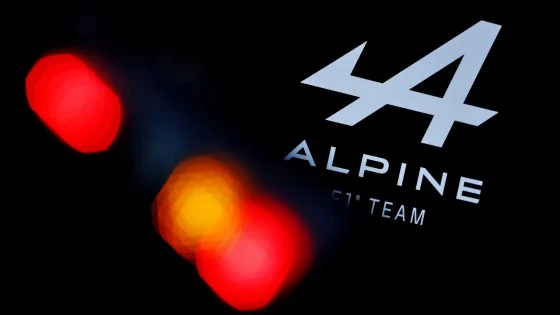Private credit has swiftly emerged as one of the hottest corners of global finance, now valued at $1.7 trillion. This rapid rise, however, is raising alarm bells among financial experts worldwide. As of 2025-07-07 07:43:00, concerns are mounting that this booming sector could become a source of systemic risk.
- Private credit industry reaches $1.7 trillion.
- Concerns over relaxed lending standards arise.
- PIK loans create hidden debt risks.
- Financial interconnectedness may amplify instability.
- Some experts remain confident in resilience.
- Current ecosystem not more fragile than 2008.
Once catering primarily to middle-market borrowers, private credit now plays a crucial role in financing private equity deals and retail investor portfolios. Yet, the potential for lower lending standards could lead to increased default risks, prompting fears of a financial crisis.
As private credit intertwines with traditional financial institutions, the question arises: can this sector withstand economic downturns? Analysts are divided on its resilience, with some emphasizing the importance of disciplined underwriting and others warning of hidden risks. Key points include:
- Increased interconnectedness may amplify financial instability during market stress.
- Relaxed underwriting standards could lead to higher default rates.
- Private credit’s reliance on PIK loans raises concerns about accumulating hidden debt.
- Global investors remain cautiously optimistic about the sector’s long-term health.
As the global financial landscape evolves, stakeholders must remain vigilant. Will private credit emerge as a stabilizing force or a ticking time bomb? Continuous monitoring and prudent risk management will be essential in navigating this complex terrain.
































